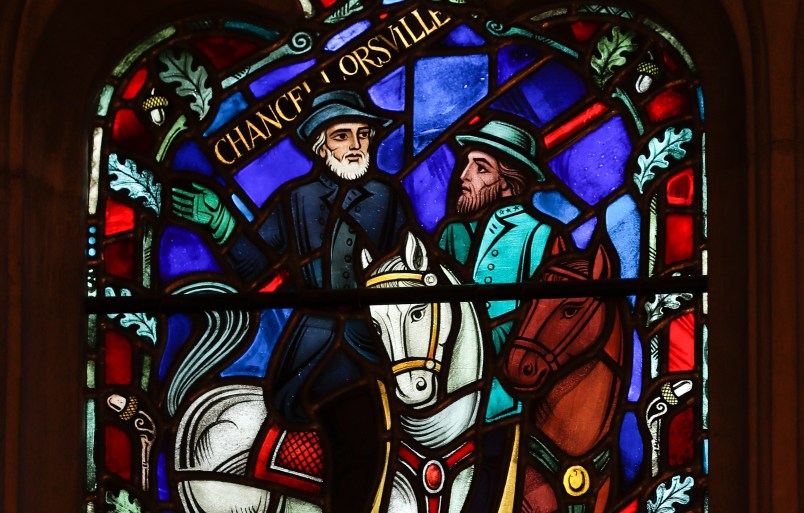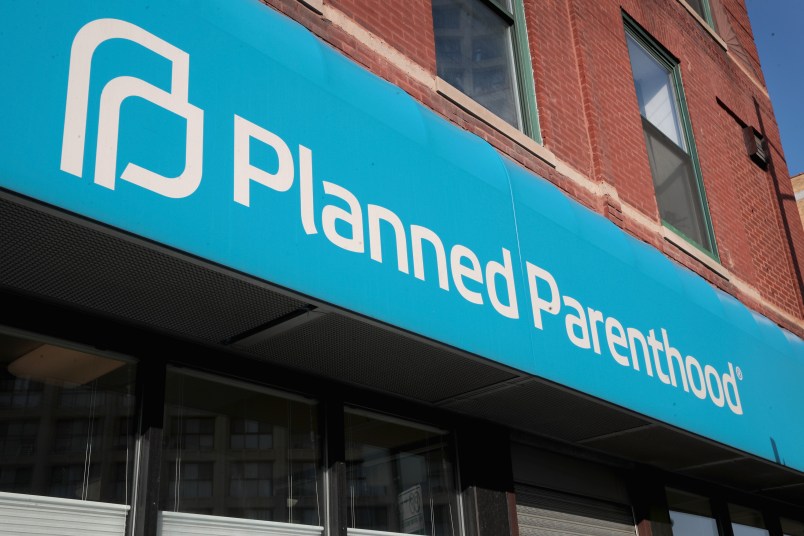The Robert E. Lee Memorial Church in Lexington, Virginia — which the Confederate general attended — has voted to change its name, a move prompted by the violence in Charlottesville, Virginia last month and the massacre at a Charleston church in 2015.
After two years of debate among parishioners, the church’s governing body voted Sunday to change the name to Grace Episcopal Church, its original name before the congregation chose to change it in 1903, 33 years after Lee’s death, the Episcopal News Service reported.
It was a narrow victory Sunday — the vestry voted 7-5 — for members of the congregation who have been requesting a name change since a white supremacist killed nine black people at the Emanuel African Methodist Episcopal Church in Charleston two years ago.
The decision was backed by Bishop Mark Bourlakas of the Southwestern Virginia Diocese who said the debate has been a “costly process both spiritually, financially and emotionally” for the church.
The church was near and dear to Lee’s heart in the years following the Civil War, according to the Episcopal News Service. Lee lived in Lexington while serving as president of Washington College, which was renamed Washington and Lee College after Lee’s death in 1870. During those last five years of his life, Lee reportedly was invested in helping the “struggling congregation survive,” the news service said.
The parish has no record of why the name was changed 33 years after Lee’s death.
The change at the parish, where Lee served as a senior warden, follows moves by municipalities, state and federal governing bodies across the U.S. to remove Confederate statues from their communities.
The violence at a white supremacist rally in Charlottesville last month intensified the debate over what place Confederate memorials have in society. At the rally, a group of white supremacists gathered in Charlottesville to protest the removal of a statue of Lee. The rally turned violent and ended in a man affiliated with white supremacists allegedly driving his car through a crowd of counter-protesters and killing one person.
Other houses of worship across the U.S. have removed Confederate memorabilia from their buildings in the wake of Charlottesville, Episcopalian News Service reported.
The Washington National Cathedral in D.C. removed a stained glass windows (pictured) that displayed images of Lee and Stonewall Jackson, and the Christ Church Cathedral in Ohio is studying what to do with Confederate figures in the building after leaders asked for their removal.








I expect snowflake howls and spittle laden ravings over at Breitbart and similar hangouts for the alt-right. Regardless of his self-promotion seems that Richard Spencer isn’t having a great time and altering the discussions/thinking in his adopted state.
“The decision was backed by Bishop Mark Bourlakas of the Southwestern Virginia Diocese who said the debate has been a “costly process both spiritually, financially and emotionally” for the church.”
I suspect that ain’t over either.
So the congregation finally grasped all those readings from the Book of Exodus?
Hahahaha…please please please let Todd Starnes write a ranting hysterical article about this so I can laugh my everloving ass off at him…
that’s troubling